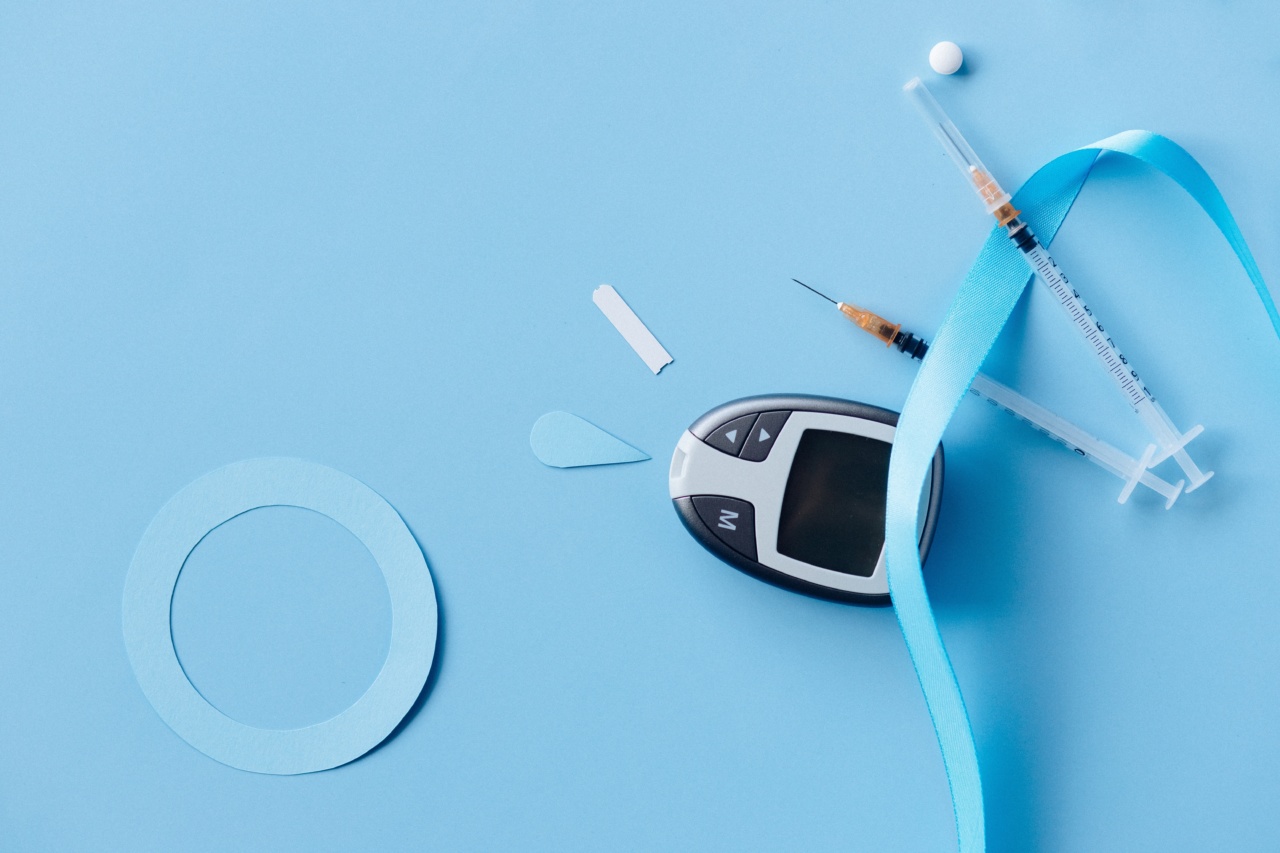Type 1 Diabetes, also known as juvenile diabetes, is a chronic disease that affects millions of people worldwide. It is a condition in which the pancreas fails to produce enough insulin, the hormone that regulates blood sugar levels.
As a result, people with Type 1 diabetes must rely on insulin injections or an insulin pump to manage their glucose levels on a daily basis. However, recent advances in technology and medicine are changing the way this disease is being managed – and even potentially cured.
Artificial Pancreas
One of the most exciting advancements in diabetes technology is the development of the artificial pancreas. This device is designed to mimic the function of a healthy pancreas by combining an insulin pump with a continuous glucose monitor.
By constantly monitoring glucose levels and automatically adjusting insulin dosages, the artificial pancreas can help people with Type 1 diabetes to maintain stable blood sugar levels without the need for constant monitoring and adjustment.
Beta Cell Replacement Therapy
Beta cells are the cells in the pancreas that produce insulin. In Type 1 diabetes, these cells are destroyed by the immune system, leading to a lack of insulin production in the body.
Beta cell replacement therapy involves transplanting healthy cells that can produce insulin into the body, replacing the damaged beta cells. While this therapy is still in the experimental phase, it has shown promising results in clinical trials and could potentially provide a long-term cure for Type 1 diabetes.
Gene Editing
Another potential cure for Type 1 diabetes is gene editing. This technique involves editing the genetic code of the patient’s cells to correct the genetic abnormalities that cause the immune system to attack the beta cells.
While this technology is still in the early stages of development, it has shown some promising results in animal models and could potentially provide a permanent cure for Type 1 diabetes.
Smart Insulin
Smart insulin is a new type of insulin that is designed to activate only when glucose levels are high in the bloodstream.
This means that people with Type 1 diabetes could take a single injection of smart insulin and not have to worry about blood sugar levels for the rest of the day. While this technology is still in development, it has the potential to significantly reduce the burden of managing Type 1 diabetes for millions of people.
Bionic Pancreas
The bionic pancreas is another exciting advancement in diabetes technology. This device combines the artificial pancreas with a glucagon pump, which can be used to raise blood sugar levels if they drop too low.
The bionic pancreas has been shown to improve glucose control and reduce the risk of hypoglycemia in clinical trials, making it a promising treatment option for people with Type 1 diabetes.
Nanotechnology
Nanotechnology is a field of science that involves manipulating materials at the atomic and molecular level to create new materials and devices with unique properties.
In the field of diabetes treatment, nanotechnology is being used to develop new insulin delivery systems that can be controlled remotely using wireless technology. This could potentially provide a more convenient and less invasive way to manage Type 1 diabetes, allowing people to live more normal lives.
Artificial Intelligence
Artificial intelligence (AI) is a rapidly advancing field of technology that involves developing computer systems that can perform tasks that typically require human intelligence.
In the field of diabetes treatment, AI is being used to develop predictive algorithms that can help predict and prevent hypoglycemia and other complications. By analyzing data from continuous glucose monitoring systems and other sources, AI algorithms can provide personalized treatment recommendations that can help people with Type 1 diabetes to better manage their condition.
Continuous Glucose Monitoring
Continuous glucose monitoring (CGM) systems are devices that are worn on the body and provide real-time readings of glucose levels in the blood.
CGM systems have been shown to improve glucose control and reduce the risk of hypoglycemia in people with Type 1 diabetes. As technology continues to improve, we can expect to see even more advanced CGM systems that provide even more accurate and reliable readings.
Islet Cell Transplantation
Islet cell transplantation is a procedure in which healthy islet cells are transplanted into the pancreas of a person with Type 1 diabetes.
Islet cells are the cells in the pancreas that produce insulin, and by transplanting healthy cells, the body can once again produce insulin on its own. While this therapy is still in the experimental phase, it has shown promising results and could potentially provide a long-term cure for Type 1 diabetes.
Conclusion
Type 1 diabetes is a chronic disease that affects millions of people worldwide, but recent advances in technology and medicine are changing the way this disease is being managed – and even potentially cured.
From the development of the artificial pancreas to the use of gene editing and nanotechnology, there are many exciting new treatments on the horizon that could help to improve the lives of people with Type 1 diabetes.































